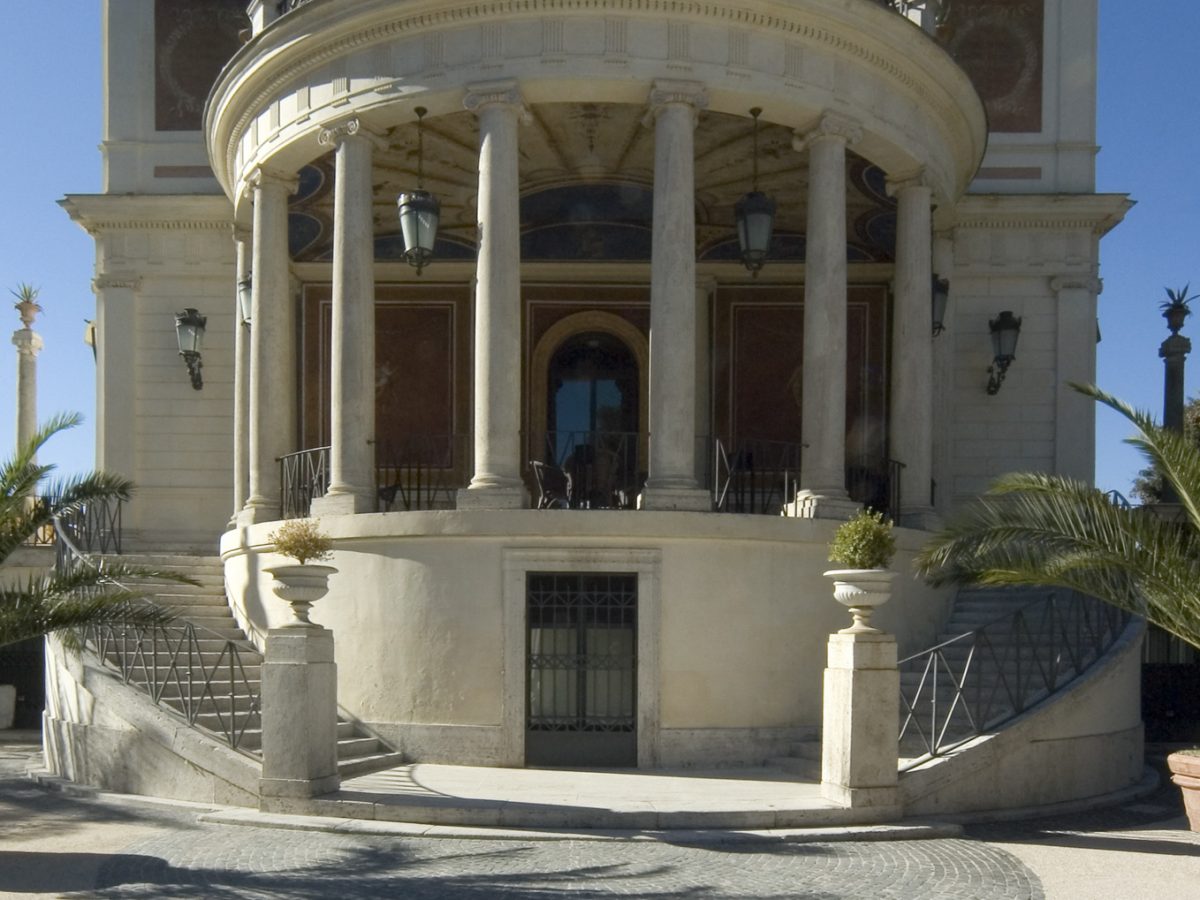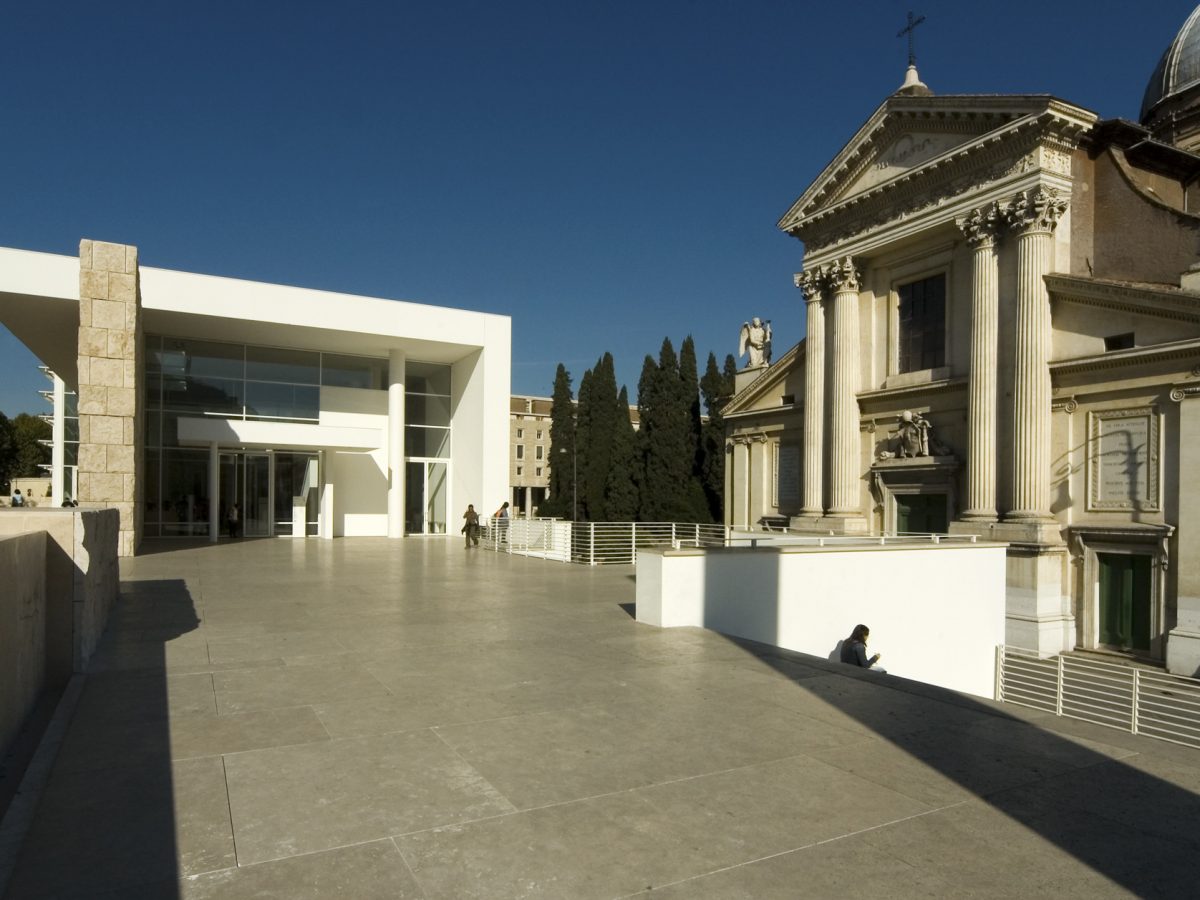The World Heritage property encompasses the whole historic centre of Rome within the city walls at their widest extent in the 17th century, as well as the Basilica of St. Paul’s Outside the Walls. The property, complex and stratified, includes outstanding archaeological areas integrated in the urban fabric, which result in a highly distinguished ensemble. Founded on the banks of the Tiber river in 753 B.C., according to legend, by Romulus and Remus, Rome was first the centre of the Roman Republic, then of the Roman Empire, and in the fourth century, became the capital of the Christian world. Ancient Rome was followed, from the 4th century on, by Christian Rome. The Christian city was built on top of the ancient city, reusing spaces, buildings and materials. From the 15th century on, the Popes promoted a profound renewal of the city and its image, reflecting the spirit of the Renaissance classicism and, later, of the Baroque. From its foundation, Rome has continually been linked with the history of humanity. As the capital of an empire which dominated the Mediterranean world for many centuries, Rome became thereafter the spiritual capital of the Christian world.
Historic Centre of Rome, the Properties of the Holy See in that City Enjoying Extraterritorial Rights and San Paolo Fuori le Mura
Criterion (i) : The property includes a series of testimonies of incomparable artistic value produced over almost three millennia of history: monuments of antiquity (like the Colosseum, the Pantheon, the complex of the Roman and the Imperial Forums), fortifications built over the centuries (like the city walls and Castel Sant’Angelo), urban developments from the Renaissance and Baroque periods up to modern times (like Piazza Navona and the “Trident” marked out by Sixtus V (1585-1590) including Piazza del Popolo and Piazza di Spagna), civil and religious buildings, with sumptuous pictorial, mosaic and sculptural decorations (like the Capitoline Hill and the Farnese and Quirinale Palaces, the Ara Pacis, the Major Basilicas of Saint John Lateran, Saint Mary Major and Saint Paul’s Outside the Walls), all created by some of the most renowned artists of all time.
Criterion (ii): Over the centuries, the works of art found in Rome have had a decisive influence on the development of urban planning, architecture, technology and the arts throughout the world. The achievements of ancient Rome in the fields of architecture, painting and sculpture served as a universal model not only in antiquity, but also in the Renaissance, Baroque and Neoclassical periods. The classical buildings and the churches, palaces and squares of Rome have been an unquestioned point of reference, together with the paintings and sculptures that enrich them. In a particular way, it was in Rome that Baroque art was born and then spread throughout Europe and to other continents.
Criterion (iii): The value of the archaeological sites of Rome, the centre of the civilization named after the city itself, is universally recognized. Rome has maintained an extraordinary number of monumental remains of antiquity which have always been visible and are still in excellent state of preservation. They bear unique witness to the various periods of development and styles of art, architecture and urban design, characterizing more than a millennium of history.
Criterion (iv): The historic centre of Rome as a whole, as well as its buildings, testifies to the uninterrupted sequence of three millennia of history. The specific characteristics of the site are the stratification of architectural languages, the wide range of building typologies and original developments in urban planning which are harmoniously integrated in the city’s complex morphology.
Worthy of mention are significant civil monuments such as the Forums, Baths, city walls and palaces; religious buildings, from the remarkable examples of the early Christian basilicas of Saint Mary Major, St John Lateran and St Paul’s Outside the Walls to the Baroque churches; the water systems (drainage, aqueducts, the Renaissance and Baroque fountains, and the 19th-century flood walls along the Tiber). This evidently complex diversity of styles merges to make a unique ensemble, which continues to evolve in time.
Criterion (vi): For more than two thousand years, Rome has been both a secular and religious capital. As the centre of the Roman Empire which extended its power throughout the then known world, the city was the heart of a widespread civilization that found its highest expression in law, language and literature, and remains the basis of Western culture. Rome has also been directly associated with the history of the Christian faith since its origins. The Eternal City was for centuries, and remains today, a symbol and one of the most venerable goals of pilgrimages, thanks to the Tombs of Apostles, the Saints and Martyrs, and to the presence of the Pope.
Document
-
Documentazione
-
Documentazione
-
Documentazione
-
Documentazione
-
Documentazione
-
Documentazione
-
Documentazione
-
Mappa
-
Sito web
-
Sito web





